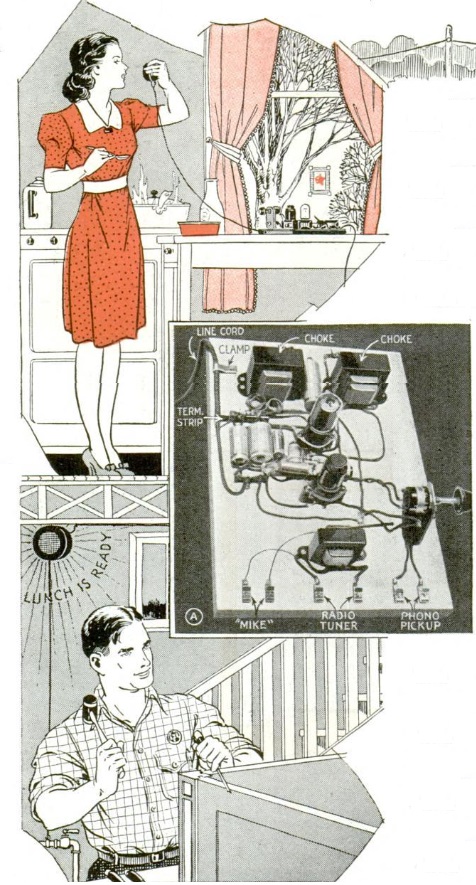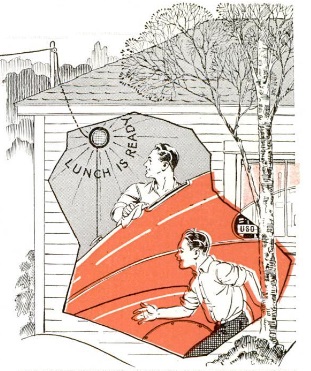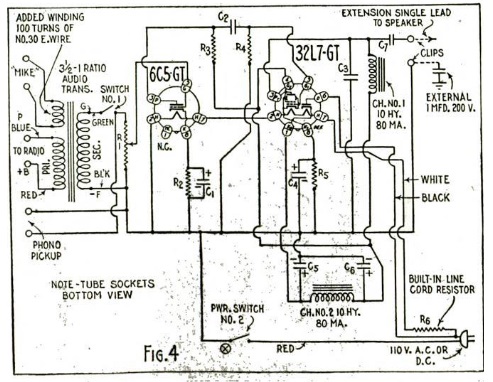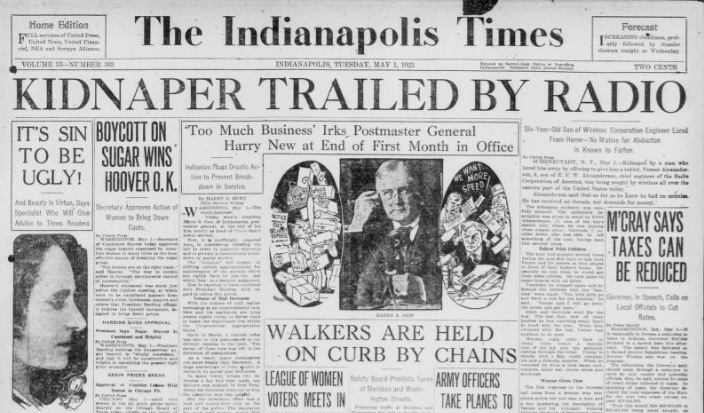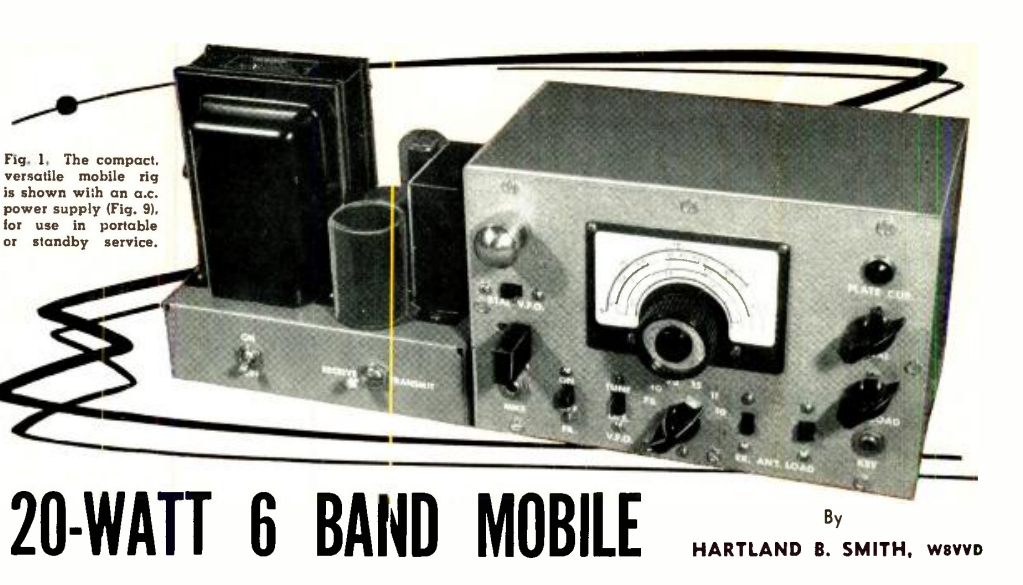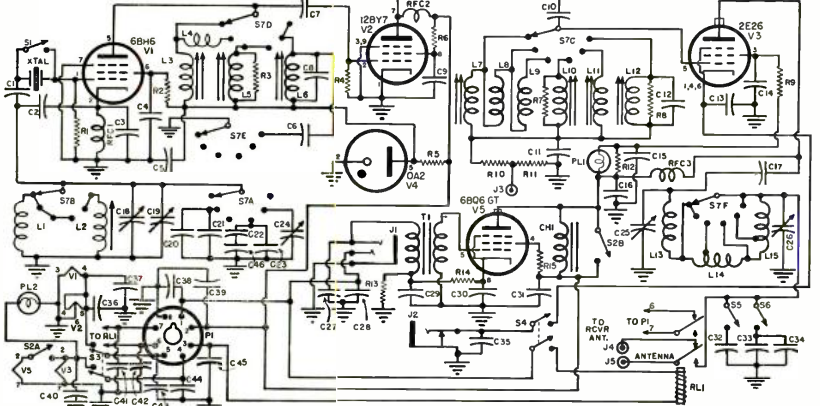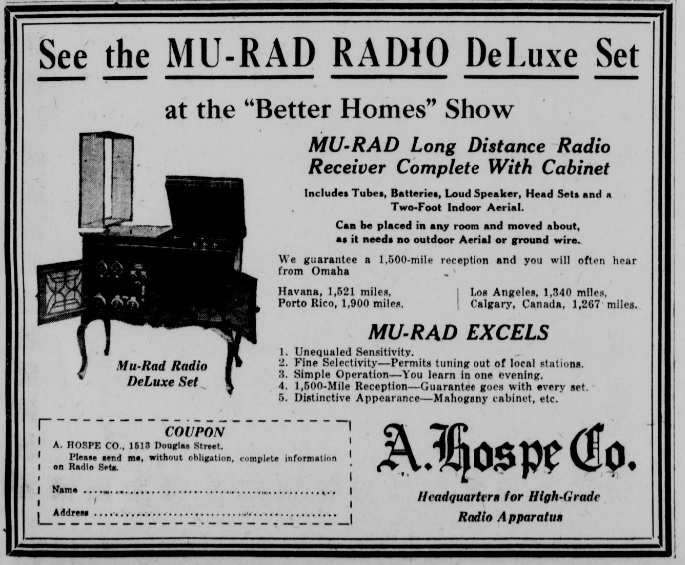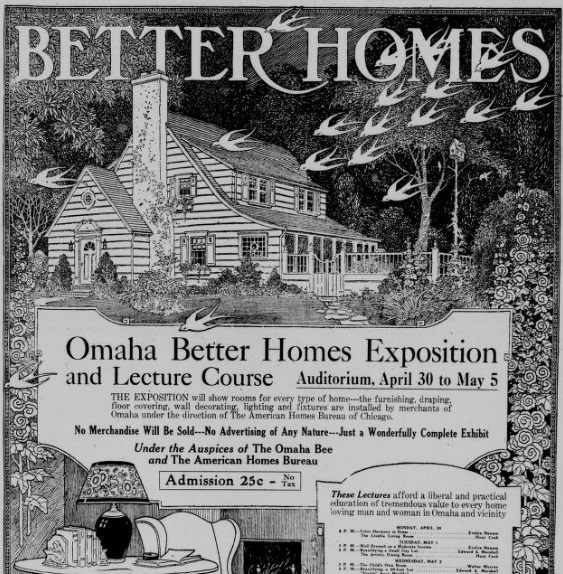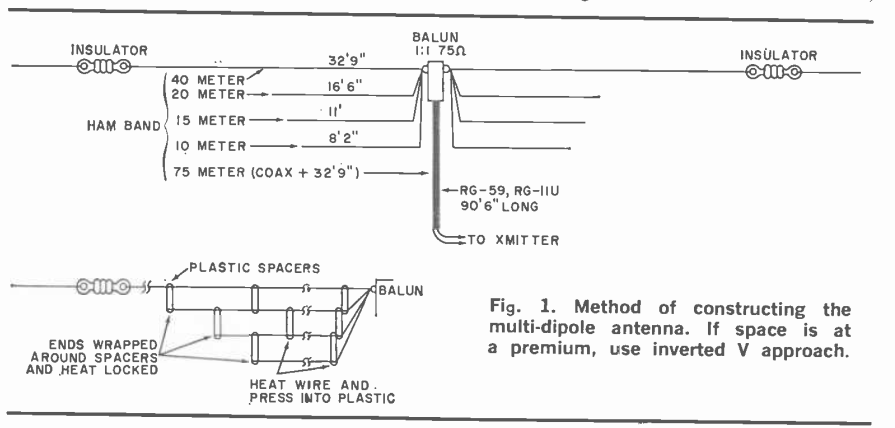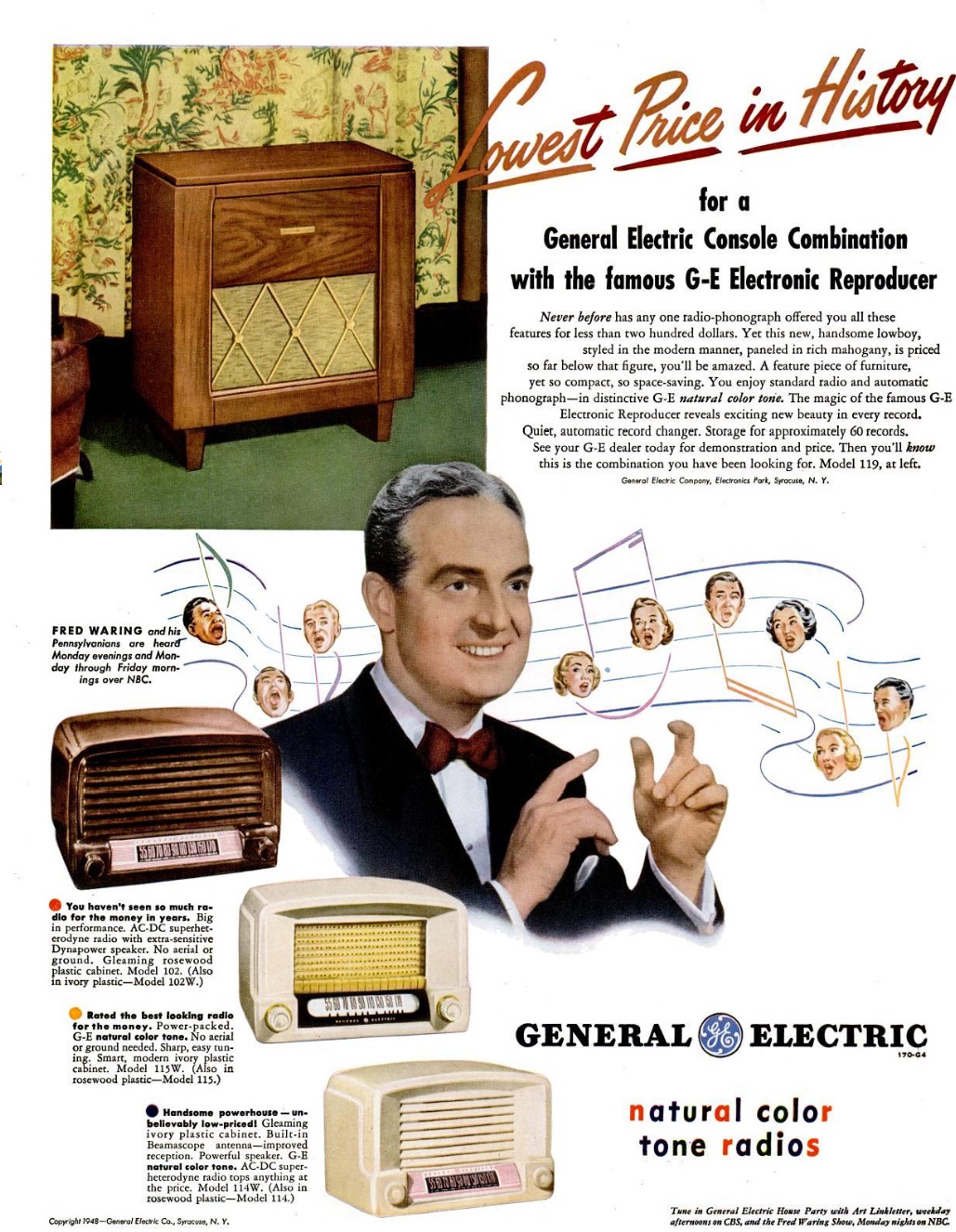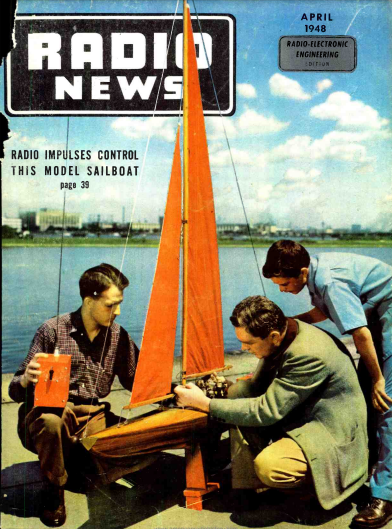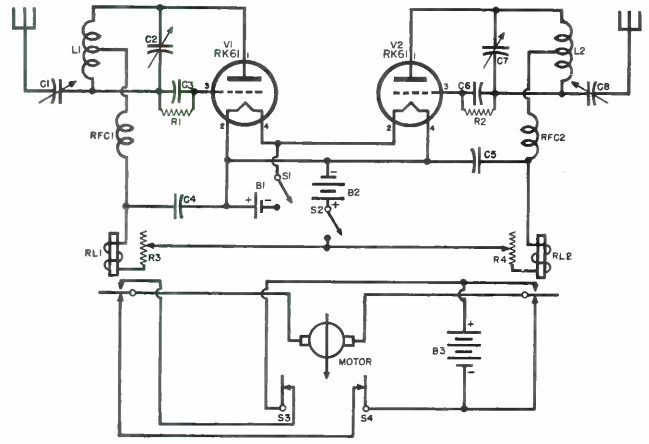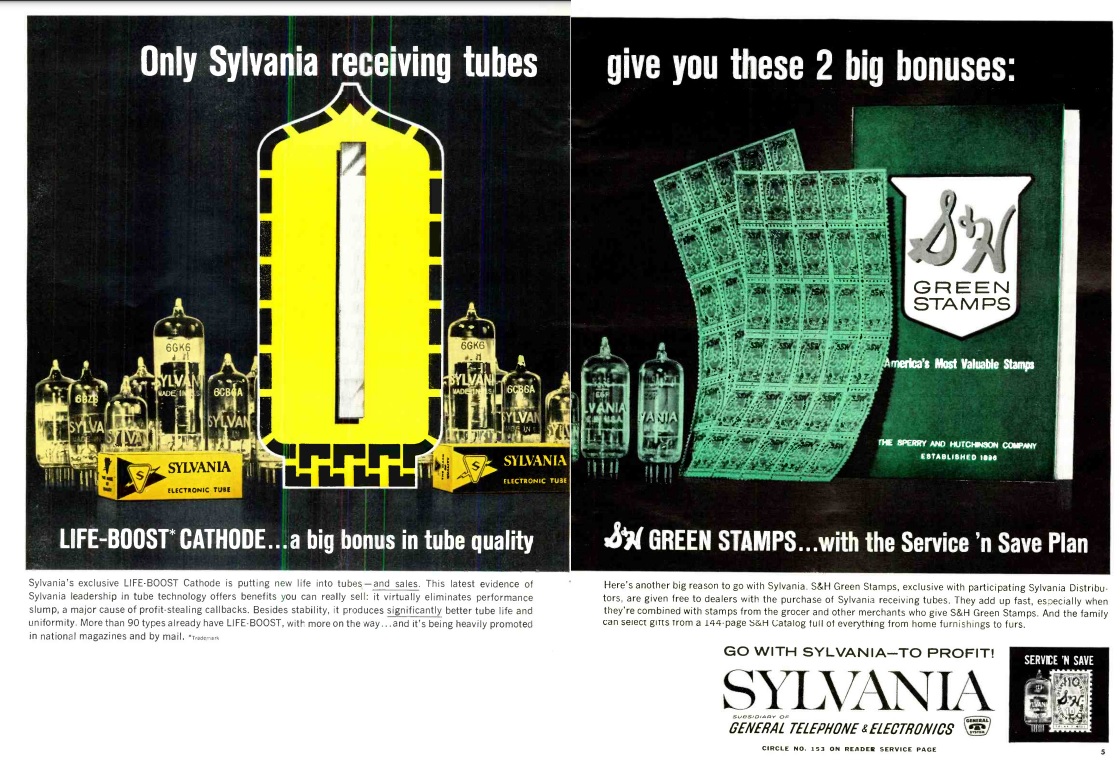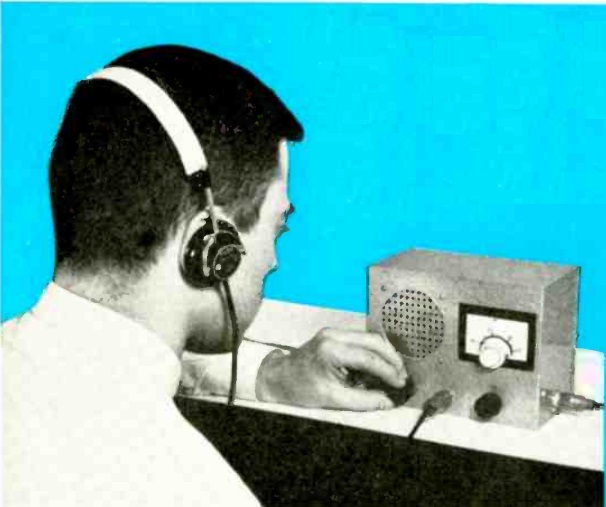 One hundred years ago, the status of radio on the farm was no longer a luxury, but a necessity. The May 1923 issue of Popular Mechanics carried this guide for farmers to acquire, install, and operate that necessary piece of equipment.
One hundred years ago, the status of radio on the farm was no longer a luxury, but a necessity. The May 1923 issue of Popular Mechanics carried this guide for farmers to acquire, install, and operate that necessary piece of equipment.
The magazine pointed out thaqt thousands of farm boys had built their own set, and a set with a range of up to 1000 miles was a feasible project, and plans had appeared in earlier issues of the magazine. The magazine pointed out, however, that many sets covered wavelengths of 150-400 meters (750 kHz to 2 MHz), but that official weather and market reports were carried on 485 meters (618 kHz). Therefore, if a homebuilt set were to be used, extra turns of the coil would be required. And the following stern advice was given if a set was to be purchased: “Never purchase a set on the assumption, or on the verbal assurance that it is suitable for receiving market reports; insist that the dealer demonstrate this capacity by actually ‘bringing in’ these reports.”
The article gave pointers on setting up the antenna and ground, and also reminded farmers of the importance of noting them down carefully so that the reports from various stations can be compared. In fact, “it will be found that it is very convenient to have a blackboard mounted on the wall near the set, so that the items and figures can be jotted down as they are received.”

